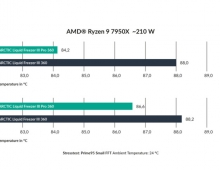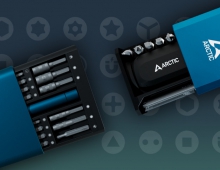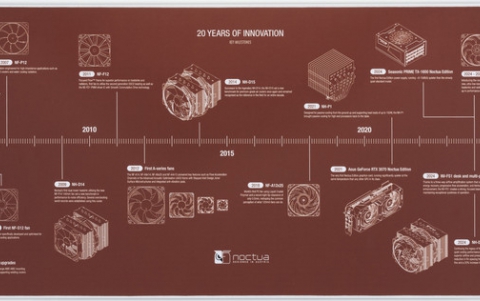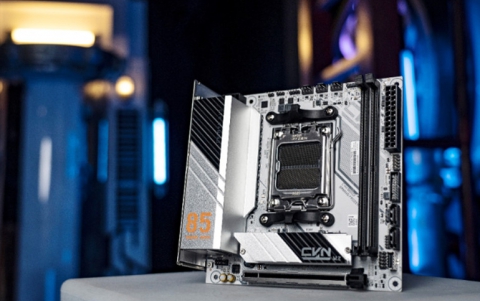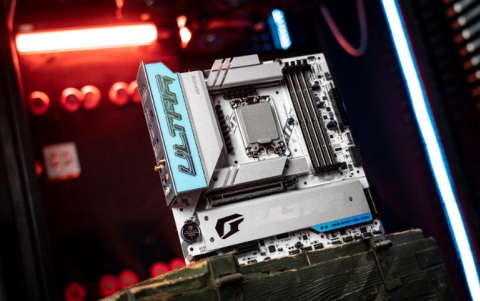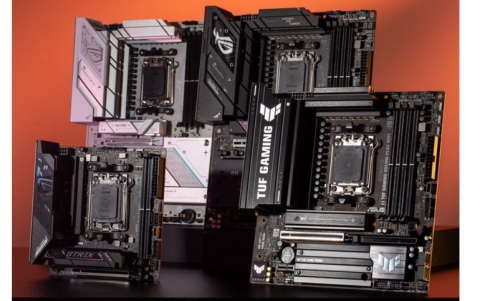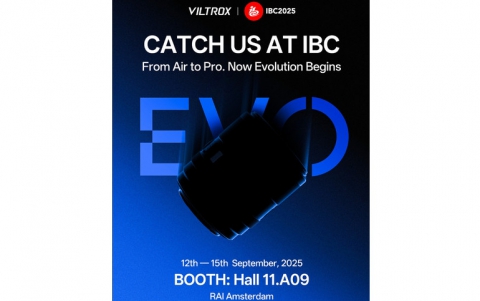Arctic Liquid Freezer III 360 Pro Argb
2. Tests
- CPU: AMD Ryzen 9 7950X
- Thermal Paste: Noctua NT-H1 thermal compound
- Open Case: StreaCom BC1 V2 Bench Table
- Motherboard: Asus ProArt X670E-CREATOR WIFI with 2904 BIOS
- Memory: 2x24GB Crucial DDR5-6000 CL48 (EXPO Profile)
- PSU: be quiet! Dark Pro 13 1300Watt
- Main Storage: Samsung 980Pro 1TB
- VGA: MSI GeForce RTX 4090 SUPRIM X 24G
- Operating system: Windows 11 x64 + latest motherboard/AMD chipset drivers installed (DirectStorage enabled drive)
- Software: OCCT Enterprise Edition v14 (2 sec interval monitor)
- Ambient room temperature ~ 23 Celsius (with AC climate control) - Environment Temperature measurements: Precision Gold N09AQ Envirometer Meter
We performed four tests depending on the CPU TDP load that can be set under Bios-> AI Tweaker-> Precision Boost Overdrive->AMD Eco Mode->
- cTDP 65Watt (real 90Watt)
- cTDP 105Watt (real 145watt)
- cTDP ~ 222Watt (via PBO at auto)
while we set the following voltages for all tests.
- CPU Core Voltage: Auto
- CPU SOC Voltage: 1.25V
- CPU VDDIO / MC Voltage: Auto
- Misc Voltage: 1.10V
At the OCCT software, we performed the Stability Test->CPU Test 15mins duration with various settings to get the maximum thermal production from the AMD 7950X.
Tests Disclaimer: Despite placing CPU voltages manually, the motherboard may supply the CPU with slightly different voltages, resulting in some cases higher temperatures that also result in higher working temperatures. Our results are valid with the above test system and using other variations may result in different results. Using other stress test software may also introduce different test results.
Before each run, we clean the CPU surface with 95% isopropyl alcohol and paper roll and we apply each thermal paste with the same methodology (central dot, small X lines, and small dots) to cover the full surface of the CPU area.
The Asus motherboard presented its rotation curve with a %10 gap, as we can see the maximum RPM.

Arctic Liquid Freezer III 360 A-RGB fan curve
All of our tests are done with the default Asus PWM curve fan.

Starting from the low 65watt AMD Eco TDP, we used the following OCCT settings
- Instruction Set: Auto
- Data Set: Large
- Mode: Normal
- Load Type: Variable
- Thread Settings: Auto
The Arctic Liquid Freezer III 360 Pro seems to have better performance at 65 watts compared with the Non-Pro version, by 2.37 Celsius.
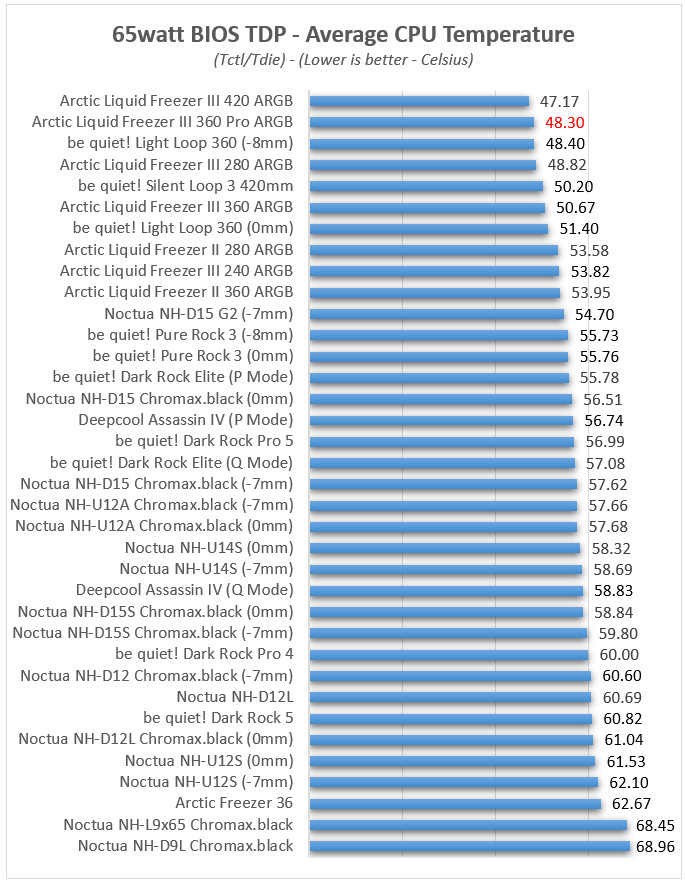
At the 105watt AMD Eco TDP setting, we used the following OCCT settings
- Instruction Set: Auto
- Data Set: Large
- Mode: Normal
- Load Type: Variable
- Thread Settings: Auto
Increasing the TDP load at all CPU coolers will probably increase their performance differences. The Arctic Freezer III 360 Pro A-RGB came with the best performance with 58.02 Celsius and 3.76 Celsius difference compared with the non-pro version.
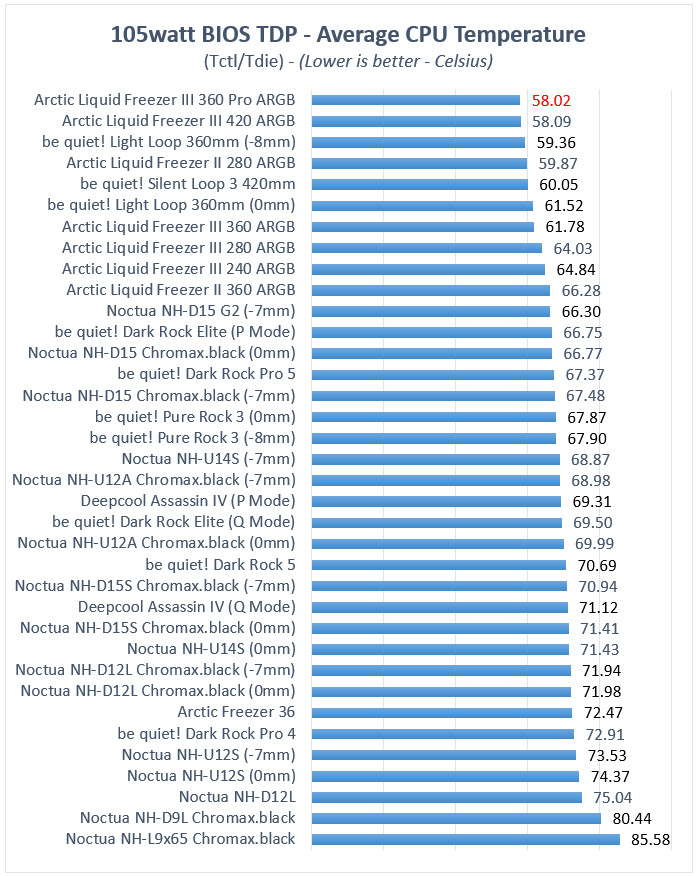
At the 222watt AMD TDP setting, we used the following OCCT settings
- Instruction Set: SSE
- Data Set: Small
- Mode: Extreme
- Load Type: Steady
- Thread Settings: Auto
At the maximum possible TDP with the AMD 7950X for our tests, we see that the Arctic Liquid III 360 Pro A-RGB, despite its higher rotating fans, cannot reach the first place, as it seems physics (bigger fan radiators of the 420mm models) introduce better performance. The gap between the Pro and Non-Pro version is now reduced to 1.37 Celsius. Our results are not compatible with what the Arctic shows on their online website, however, each test has its characteristics so other users and tests may show different results.
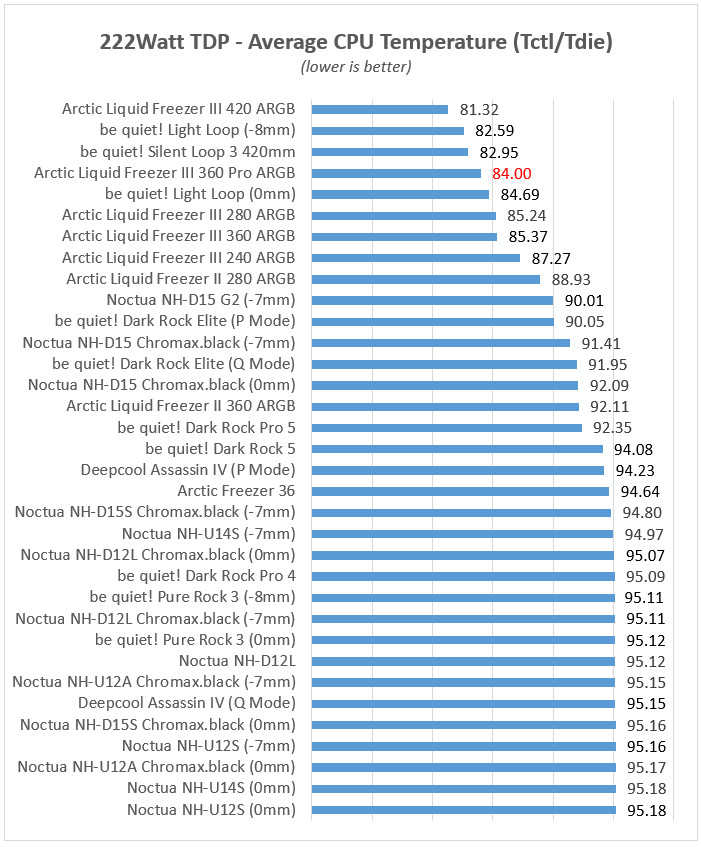
Lastly, if you wish to reduce noise, you can drop down to 60% for example of max RPM of the Liquid Freezer III 360 Pro, and have a 2 Celsius penalty (86.49 vs 84.00) compared with full speed results.




